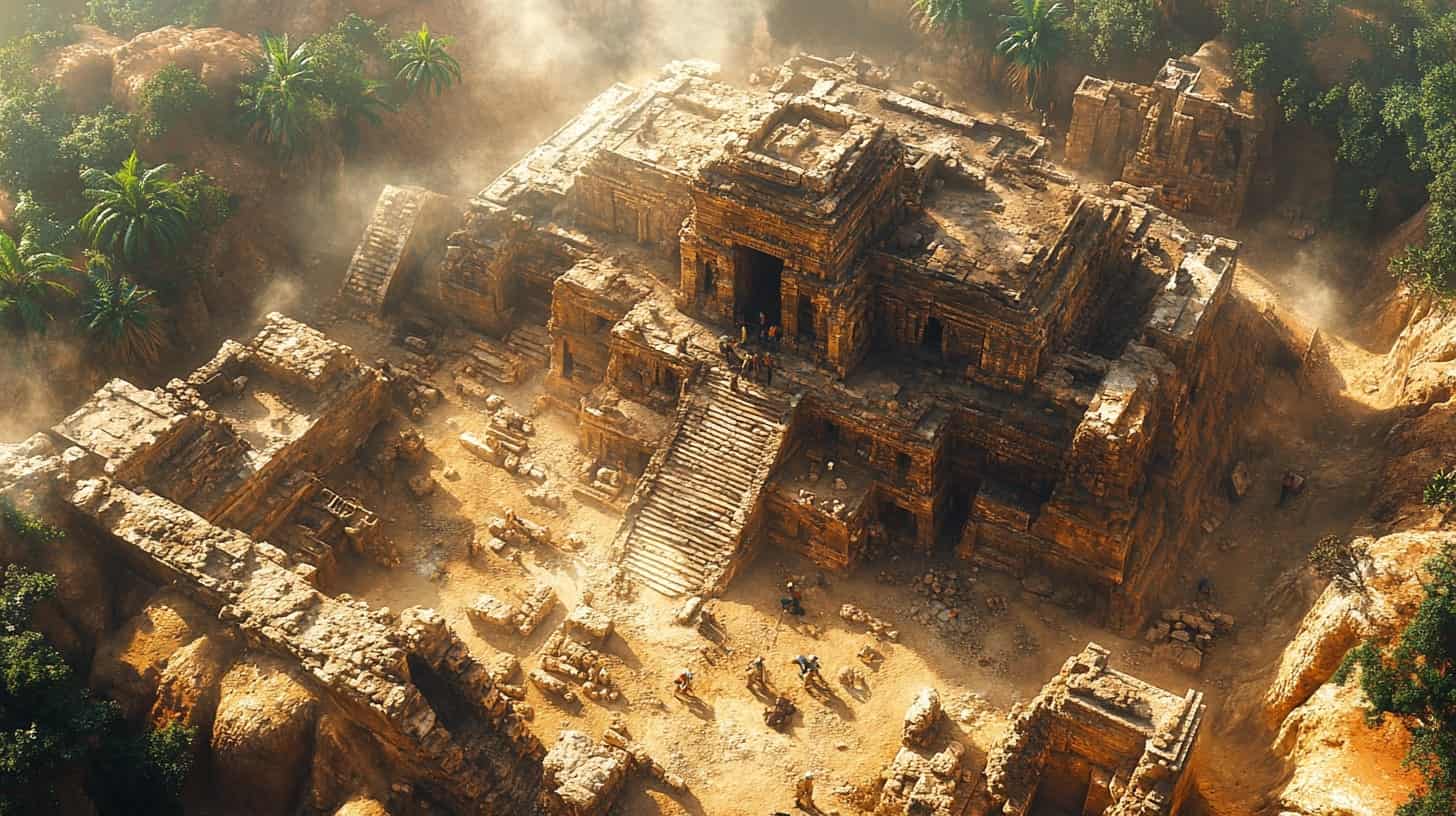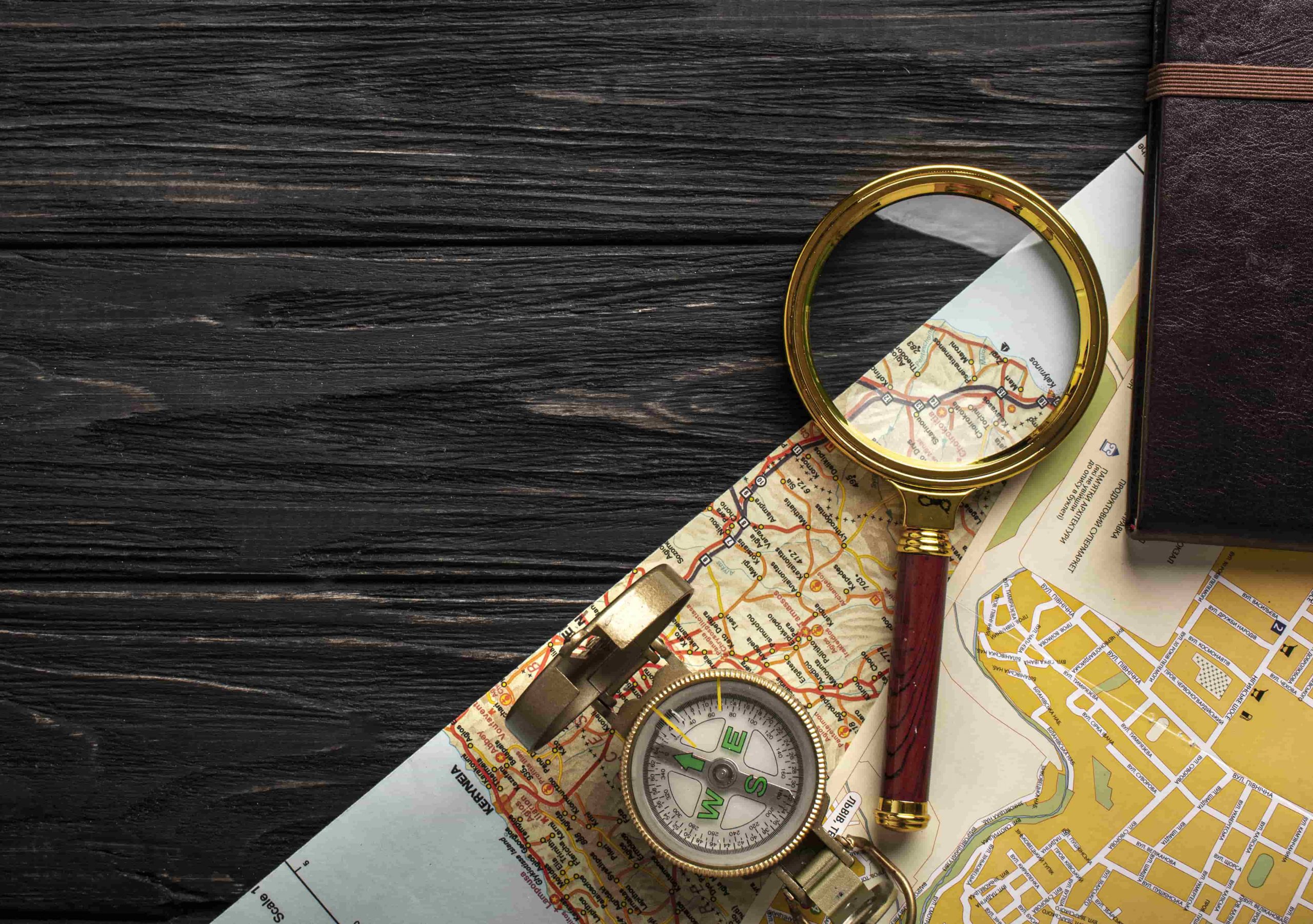Archaeology has long fascinated explorers, historians, and adventurers alike. The idea of unearthing ancient civilizations, decoding cryptic inscriptions, and piecing together the lives of people from millennia past is an irresistible allure. Whether it’s the lost cities of the Mayans hidden beneath dense jungles or the remnants of medieval fortresses buried under centuries of earth, archaeological exploration is a journey into time itself.
Modern technology has revolutionized the way we uncover the past, but the thrill of discovery remains unchanged. Each excavation, each carefully brushed artifact, tells a story that brings history to life. This article delves into the world of archaeological exploration—how sites are mapped, discoveries are made, and what makes this pursuit so exhilarating.
The Quest for Lost Civilizations
The search for ancient ruins is often fueled by mystery and legend. Many sites that were once thought to be mere myths have turned out to be real, thanks to dedicated archaeologists and treasure hunters. The lost city of Troy, long believed to be a literary creation, was unearthed in the 19th century, proving Homer’s Iliad had a basis in reality. Similarly, the ruins of Machu Picchu remained hidden from the world until 1911, when Hiram Bingham stumbled upon the Incan city high in the Peruvian mountains.
Explorers today rely on a mix of old-world adventure and cutting-edge technology. From scanning satellite imagery for unusual land formations to using ground-penetrating radar to detect buried structures, modern archaeology is as much a scientific endeavor as it is an art.
One of the greatest thrills of archaeological exploration is knowing that every dig site holds the potential to rewrite history. New discoveries constantly challenge what we thought we knew, offering fresh insights into the cultures and traditions of ancient societies.
How Ancient Ruins Are Mapped
Mapping an archaeological site is a meticulous process that requires precision and patience. Before excavation even begins, researchers must determine the exact location of potential ruins and develop a strategy for careful documentation.
1. Aerial Surveys and Satellite Imaging
Today’s archaeologists use satellite imagery, drones, and LIDAR (Light Detection and Ranging) technology to scan large areas of land for signs of human settlement. This technique has been especially useful in uncovering lost cities that have been swallowed by jungles or deserts. LIDAR has revealed vast networks of roads and buildings beneath the thick Amazon rainforest, reshaping our understanding of ancient civilizations in the region.
2. Ground Surveying
Once an area has been identified, archaeologists conduct ground surveys to assess the site’s potential. This involves measuring land features, identifying visible structures, and collecting small artifacts from the surface that might indicate larger ruins beneath.
3. Excavation and Grid Mapping
When excavation begins, the site is divided into a grid system. Each section is carefully excavated, with artifacts cataloged and mapped to their exact location. This process helps researchers understand the layout of the site and the relationships between different structures.
By combining these methods, archaeologists can reconstruct entire cities that have been lost to time.
The Tools of an Archaeological Explorer
Archaeology is often associated with images of dusty adventurers wielding shovels and brushes, but in reality, the tools of the trade are far more sophisticated.
- Ground-Penetrating Radar (GPR): This technology allows archaeologists to “see” underground without disturbing the site, detecting structures, graves, and hidden chambers.
- Drones and 3D Mapping Software: Drones help capture high-resolution images of sites, which are then used to create detailed maps and models.
- Magnetometers and Metal Detectors: These tools help locate buried objects, from ancient coins to weapons and ceremonial artifacts.
- Traditional Tools: Despite modern advancements, some of the most valuable tools remain simple brushes, trowels, and sieves used to carefully uncover delicate artifacts without damaging them.
The careful use of these tools ensures that each discovery is preserved and documented with as much accuracy as possible.
Why the Thrill of Discovery Never Fades
Every archaeological find, whether it’s a single clay pot or an entire temple complex, offers a window into the past. The knowledge that you are the first person in centuries—or even millennia—to touch an object is a feeling unlike any other.
The excitement is not just in the physical discovery but in the piecing together of stories. A lost city isn’t just a collection of stones; it was once home to thousands of people who lived, worked, and worshipped within its walls. Understanding their lives and struggles brings the past into focus, making history feel alive.
From the windswept ruins of Petra to the submerged pyramids off the coast of Japan, the world is full of hidden stories waiting to be uncovered. For those with the patience and passion for exploration, the adventure of mapping ancient ruins is one of the most rewarding pursuits imaginable.
Conclusion
The study of ancient ruins is more than an academic pursuit—it’s a journey into the very heart of human history. As technology continues to evolve, archaeologists will uncover more lost civilizations, rewrite historical narratives, and shed new light on the achievements of our ancestors.
For those drawn to the thrill of discovery, archaeological exploration is one of the most exciting and meaningful adventures the world has to offer.


